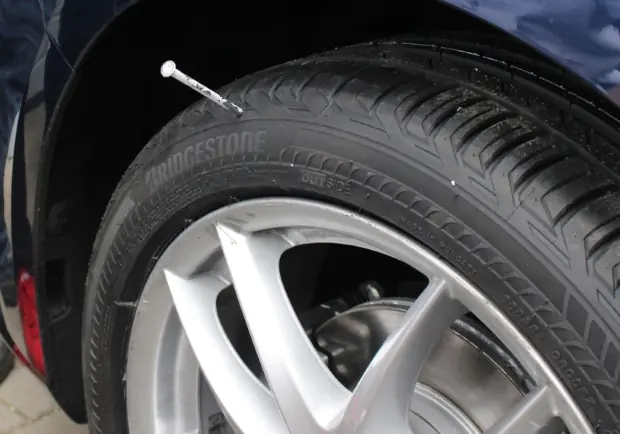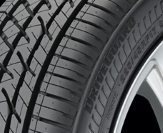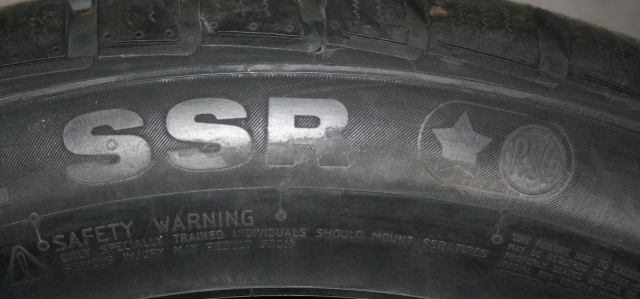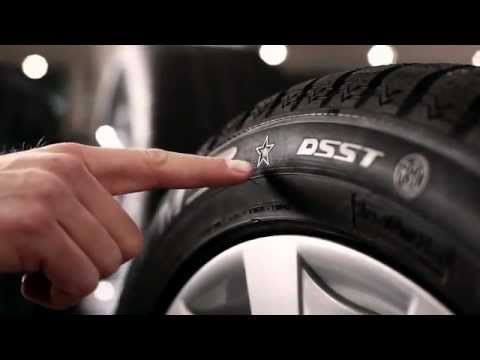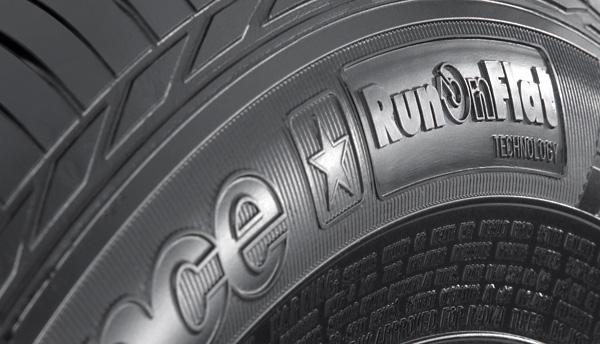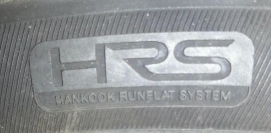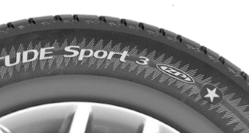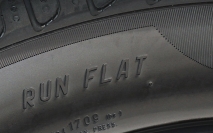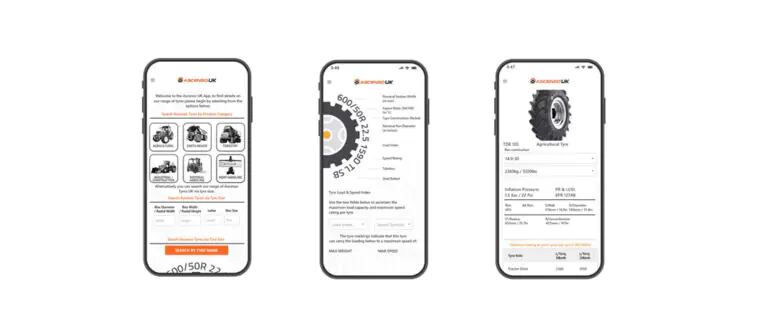Can run flat tyres be repaired? 7 top tyre manufactures gave us the answer & you may be surprised
Article written by Bush Tyres
Some say you can repair a run flat tyre while others say you can’t, we decided to ask the tyre manufacturers for the answers.
In the majority of cases the answer to this question is YES, but, it is not as straightforward as you would like to think. Some tyre manufacturers have said you can repair their run-flat tyres, though there are guidelines & stipulations to adhere too, while others just say you can’t.
At Bush Tyres (& our associates) we will endeavor to repair ALL run flat tyres in accordance to the latest British Standard BSAU159 for tyre repairs.
In cases where manufacturers do not recommend the repair of run flat tyres and a repair is carried out, the manufacturer’s warranty will no longer be valid.
In this article, we answer the following questions:
Can you fix a run-flat tyre with a nail in it?
Nail in the tyre, leave or remove?
Can Bridgestone run-flat tyres be repaired?
Can Continental run flat tyres be repaired?
Can Dunlop run flats tyres be repaired?
Can Goodyear run-flat tyres be repaired?
Can Hankook run flat tyres be repaired?
Can Michelin ZP tyres be repaired?
Can Pirelli run flats be repaired?
How do I identify run-flat tyres?
How long does a puncture repair last?
How far can you drive on a run flat tyre?
Can you put tyre weld in a run flat tyre?
The following manufacturers have told us what can & can’t be repaired regarding the repair of their run flat tyres:
Bridgestone
A repair to a Run Flat Tyre is the same as any tyre being repaired under BSAU159 G.
However in addition to the ‘normal’ checks prior to repair, one should check the inside inner liner of the tyre (around the shoulder area). If there is any evidence of ‘creasing’, ‘cracking’ or deposits of rubber ‘crumb/dust’, then a repair should not be carried out as these are signs that the tyre has been running at very low or zero pressure for an extended amount of time, therefore using the RunFlat sidewall component up to/very close to its distance/speed limit. (50 miles @ 50mph).
If there are none of these signs above, then it is generally ok to proceed with the repair.
Continental:
Do not recommend the repair of any SSR (Self Supporting Run flat) this is because the hard inserts within the tyre’s sidewall can be damaged if the tyre has been run on in an under-inflated condition. This damage is not noticeable or visible and if a tyre is put back into service this could potentially be extremely dangerous. Although the tyre may have lost little pressure there will be no visible signs if this underinflation has caused the secondary damage mentioned and for that reason, we cannot recommend them for repair.
Dunlop/Goodyear:
Unless otherwise specified in the car owner’s manual, a Goodyear or Dunlop self-supporting tyre can be repaired by a qualified tyre professional after a thorough inspection and analysis of the tyre history. In case of doubt, the tyre should not be repaired.
Note: The professional repairing the tyre is in any case responsible for his repair work.
Goodyear or Dunlop does not support tyre repairs under the following conditions:
• Repairs outside the tread area. • If the tyre sidewall area is damaged inside or outside of the tyre by a sharp object. This damage could have damaged the supporting insert and would thus substantially reduce run flat distance or otherwise reduce the tyre life. • If the tyre has been run at low or zero pressure (with a warning alarm active) for a long distance or at too high a speed. This can be identified through driver feedback, a worn appearance of the external tyre shoulder or upper sidewall. • Innerliner damage or rough appearance. • Any damage that would make a standard tyre unrepairable.
Hankook:
Hankook run-flat tyres are repairable as long as the following conditions are met. An improper repair is unsafe and will void the limited warranty. Run flat tyres are not repairable in the following situations; – If the tyre was operated with inflation pressure less than 15 psi (100 kPa). – Abrasion or other damage is present on the exterior tread, sidewall, or bead areas. -Abrasion, wrinkling, or separation is present on the tyre interior. – Any condition or damage is present that disqualifies the repair of a conventional tyre.
Michelin:
A Michelin ZP tyre may be repaired once and once only by a tyre professional following the normal rules and procedures for the inspection, preparation, and repair of standard tyres. If the object in the tyre is at an angle to the tread of less than 30degs then the tyre is NOT repairable.
ZP tyres that carry sidewall markings indicating that repairs should not be carried out are still considered non-repairable.
Pirelli:
Pirelli run flat tyres are not repairable (but it all depends on the individual case). Pirelli said the reason why their tyres are not repairable is that you cannot see what damage has been done to the tyre construction when it has been driven flat for any distance, but it all depends on the individual case. In these circumstances, Pirelli state you should go to a service centre and have the tyre checked by a qualified professional. The technician will tell you what the best option is, and it is not advisable to fix the tyre yourself.
How do I know if my run-flat tyre is punctured?
The first indication you have that your run flat tyre could be punctured is when your tyre pressure monitoring system (TPMS) light comes on.
Due to the tyres construction run flat tyres are not always easy to see if they are going flat. If your TPMS light has come on take your car to the nearest tyre centre or garage to have the tyre examined. Do not reset the TPMS until the tyre is at the correct pressure as this will give a false reading which could cause an accident due to the tyre pressure being low and the vehicle’s speed exceeding 50mph.
If I see a nail in the tyre do I leave it or remove it?
If you see a nail in a tyre it is natural to want to remove it. It is, however, better to leave the nail in the tyre & take it to a professional tyre repairer to have it inspected.
The reason for doing this is that with a tubeless tyre the only place the air can escape from is where the object has penetrated the tyre so by removing the nail the hole becomes larger and the air escapes quicker.
Even if you test the tyre with soapy water & you don’t see bubbles appearing around the area of the object it doesn’t mean the tyre hasn’t been damaged. The object may have not punctured the tyre but it could have gone down to the steel bracing in the tyre which would allow water to go into the hole and cause the tyres bracing to corrode & subsequently fail.
Are there run flat repair kits?
Repairing a run flat tyre requires a very good knowledge of a tyre’s construction and knowledge of what can &can’t be repaired. Even if there are kits to repair run-flat tyres we would recommend you don’t use one yourself unless you have been professionally trained to repair a vehicle tyre.
How long does a puncture repair last?
Any repair to a tyre has to last for the lifetime of the tyre.
Puncture repair cost?
The cost of repairing a run flat tyre is usually the same as a standard tyre as the process is exactly the same. Due to the nature of a run flat tyre being more difficult to remove & replace it could, however, increase the cost of the repair.
How far can you drive on a run flat tyre?
It is generally recommended you only drive on a flat run flat tyre for 50 miles at a maximum speed on 50mph
Can you put tyre weld in a run flat tyre?
Tyre weld or tyre sealants are only a temporary measure to allow you to drive a vehicle far enough to have the tyre repaired or replaced.
As run-flat tyres are designed to be driven when flat there is no reason to use tyre sealants in a run flat tyre.
If you thought using a tyre sealant would help keep the air in the tyre, allowing you to drive further, would be wrong as the prolonged running of an under-inflated tyre would cause damage to the tyre.
Add to this, all tyre sealants are designed for use as a temporary measure and would still go down when the wheel is stationary for prolonged periods.
How do I identify run-flat tyres?
All tyre manufacturers have writing or a logo on the sidewall of their tyres to indicate the tyre is a run flat tyre.
Below are the markings on the sidewall of the tyre to show you it is a run flat tyre.
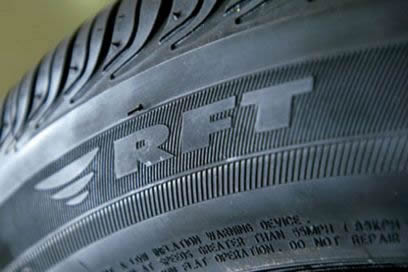
Bridgestone – RFT (Run Flat Technology) or DriveGuard
Continental – SSR (Self SupportingRunflat)
Dunlop – DSST (Dunlop Self Supporting Technology)
Goodyear – EMT (Extended MobilityTechnology) or ROF (Run On Flat)
Hankook – HRS (Hankook Runflat System)
Michelin – ZP (Zero Pressure)
Pirelli – Run Flat



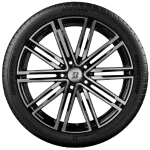 Tyres
Tyres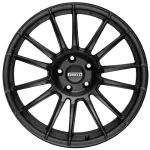 Services
Services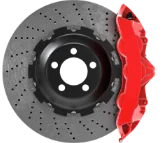 Fast Fit
Fast Fit Offers
Offers